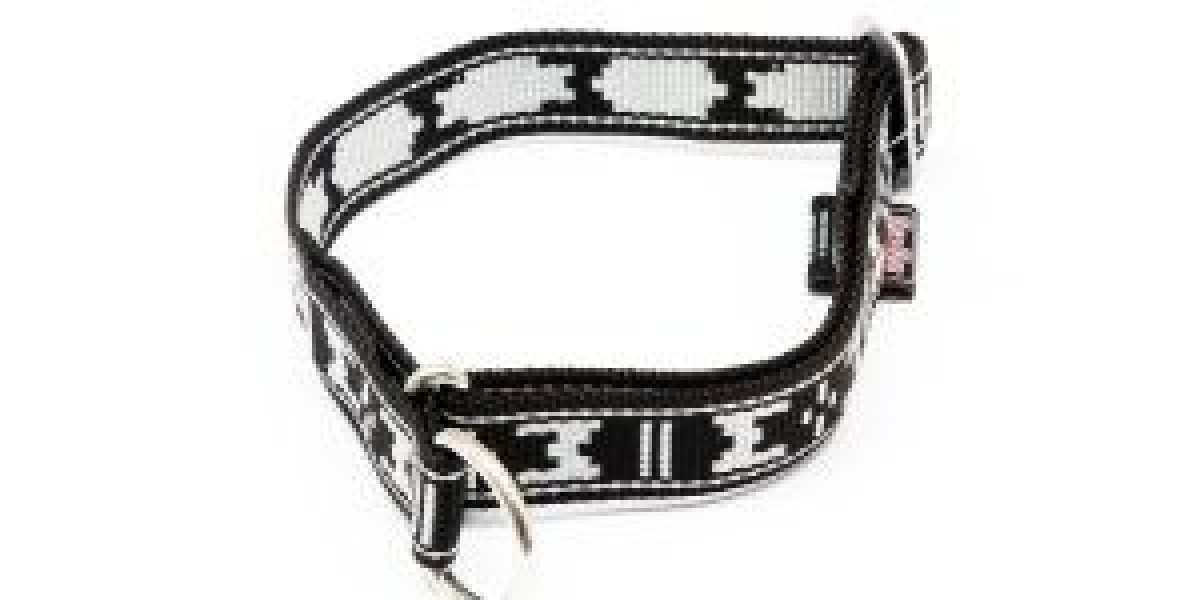Bikejoring is an exhilarating sport that combines biking with dog-powered activities. This dynamic sport allows you and your dog to enjoy the outdoors while staying active and strengthening your bond. To safely and effectively participate in bikejoring, you need the right bikejoring accessories. In this guide, we’ll cover everything you need to know about bikejoring accessories, focusing on essential items like dog harnesses, dog leash bicycle adapters, and safety gear.
What is Bikejoring?
Before diving into the details of bikejoring accessories, it's essential to understand what bikejoring is. Bikejoring is a dog-powered sport where a dog or multiple dogs are harnessed to a bicycle, pulling the rider as they pedal. It originated as a summer training activity for sled dogs but has become popular among dog owners of all types. The sport requires both the human and canine participants to work as a team, making it a great exercise for improving coordination, strength, and endurance.
Essential Bikejoring Accessories
To get started with bikejoring, you will need specific accessories to ensure safety, comfort, and efficiency for both you and your dog. Below are the most important bikejoring accessories to consider:
1. Dog Harness
A dog harness is perhaps the most critical accessory in bikejoring. Unlike a regular collar, a bikejoring harness is designed to distribute the pulling force evenly across your dog’s body, minimizing strain on the neck and back. This is essential for your dog's safety and comfort, especially during long rides.
When selecting a harness, look for the following features:
Padded and Adjustable Straps: To provide a comfortable fit and prevent chafing.
Reflective Strips: For visibility during early morning or late evening rides.
Durable Material: Look for harnesses made of high-quality, tear-resistant materials to withstand pulling force.
Some popular harness types for bikejoring include the X-back harness and the H-back harness. The X-back harness is a traditional sled dog harness, offering full-body support and optimal pull efficiency, while the H-back harness provides additional control and can be more suitable for beginner dogs or smaller breeds.
2. Dog Leash Bicycle Adapters
A dog leash bicycle adapter is a crucial accessory that connects your dog’s harness to your bike. This adapter ensures that the leash is secured to the bike and helps prevent tangling. There are various types of leash adapters, but the two most common ones are springer bike attachments and bikejoring antennas.
Springer Bike Attachments: These are metal rods that attach to the bike frame, providing a safe, secure point to attach the dog leash. The spring mechanism helps absorb sudden jerks or pulls, keeping the rider stable and preventing falls. Springer bike attachments are ideal for beginners and those with strong-pulling dogs.
Bikejoring Antennas: These are flexible, extendable poles mounted to the front of the bike. They keep the dog leash elevated above the front wheel, preventing it from tangling or getting caught. Bikejoring antennas are lightweight and easy to install, making them a popular choice among seasoned bikejorers.
When choosing a dog leash bicycle adapter, consider your dog’s size, strength, and your comfort level as a rider.
3. Bungee Line or Towline
A bungee line or towline connects your dog’s harness to the bicycle adapter. It is designed to stretch and absorb shock, reducing the impact on both you and your dog. This is particularly important during sudden starts, stops, or when navigating uneven terrain.
When selecting a bungee line, look for:
Length: A standard bikejoring line is usually 6-10 feet long. The length depends on the size of your dog and the amount of space you need between your bike and your dog.
Strength and Durability: Choose a bungee line made from high-quality materials that can withstand your dog's pulling force.
Reflective Material: This feature enhances visibility in low-light conditions, ensuring safety during early morning or late evening rides.
4. Helmet and Protective Gear
Safety should always be a priority in bikejoring. Wearing a helmet is essential to protect yourself from head injuries in case of a fall or collision. Consider investing in additional protective gear such as gloves, knee pads, and elbow pads to prevent scrapes and bruises. Padded shorts or pants can provide extra cushioning and comfort during long rides.
5. Dog Booties
Dog booties are optional but highly recommended, especially if you bikejor on rough or hot surfaces. Booties protect your dog’s paws from sharp objects, hot pavement, and icy conditions. Make sure the booties are lightweight, breathable, and provide a snug fit without restricting your dog’s movement.
6. Reflective Gear and Lights
Visibility is key when bikejoring, especially during low-light conditions. Equip your dog with a reflective harness or vest, and consider adding reflective strips or stickers to your bike. Use bike lights to increase visibility, making it easier for others to see you and your dog. This is especially important if you plan to bikejor on roads or trails that are shared with other vehicles or pedestrians.
Choosing the Right Bike for Bikejoring
Selecting the right bike is just as important as choosing the right bikejoring accessories. A mountain bike or a hybrid bike is usually the best choice due to their sturdy build, good traction, and ability to handle different terrains. Here are some features to consider:
Durable Frame: Choose a bike with a strong frame that can withstand the added pull from your dog.
Wide Tires with Good Grip: Tires with good traction are crucial for maintaining control, especially on dirt or gravel paths.
Front Suspension: A front suspension helps absorb shock, providing a smoother ride on rough terrain.
Disc Brakes: Opt for disc brakes instead of rim brakes for better stopping power and control.
Tips for Safe and Enjoyable Bikejoring
Now that you have the essential bikejoring accessories, here are some tips to ensure a safe and enjoyable experience:
1. Start Slow and Build Endurance
If you and your dog are new to bikejoring, start with short, easy rides on flat terrain. Gradually increase the distance and difficulty as your dog builds endurance and confidence. Make sure to provide plenty of breaks and fresh water during your rides.
2. Train Basic Commands
Teaching your dog basic commands is essential for bikejoring. Commands like "gee" (right), "haw" (left), "easy" (slow down), and "whoa" (stop) are standard in dog-powered sports. Consistent training will help your dog understand and respond to these cues, making your rides safer and more enjoyable.
3. Use Proper Fitting Gear
Always ensure your dog’s harness fits correctly. A poorly fitting harness can cause discomfort or injury. Regularly check the condition of your bikejoring accessories, especially the harness, leash, and bike adapters, to ensure they are in good working order.
4. Monitor Weather and Trail Conditions
Weather and trail conditions can significantly affect bikejoring. Avoid bikejoring in extreme heat or cold, as this can put unnecessary strain on your dog. Also, be mindful of trail conditions. Wet, muddy, or icy trails can be slippery and dangerous for both you and your dog.
5. Hydrate and Take Breaks
Make sure to bring plenty of water for both you and your dog. Take regular breaks to allow your dog to rest and rehydrate, especially during longer rides or in warm weather. A collapsible water bowl can be a convenient accessory to carry with you.
Maintaining Your Bikejoring Accessories
Regular maintenance of your bikejoring accessories is essential to ensure safety and longevity. Here are some tips for maintaining your gear:
1. Clean and Inspect Regularly
After each ride, clean your bikejoring accessories, including the harness, leash, and adapters. Inspect them for signs of wear and tear, such as frayed fabric or broken buckles. Address any issues immediately to prevent accidents.
2. Store Properly
Store your bikejoring accessories in a dry, cool place away from direct sunlight. Prolonged exposure to sunlight can cause materials to degrade over time.
3. Replace Worn-out Gear
Replace any worn-out gear promptly. A frayed leash or damaged harness can compromise safety and increase the risk of accidents.
Conclusion
Bikejoring is an exciting sport that allows you and your dog to enjoy the great outdoors together. With the right bikejoring accessories, including a well-fitted harness, dog leash bicycle adapters, bungee line, and safety gear, you can ensure a safe and enjoyable experience. Remember to choose high-quality equipment, maintain it regularly, and prioritize the safety of both you and your dog. Whether you're a beginner or an experienced bikejorer, investing in the right accessories will make your adventures more fun and fulfilling.








